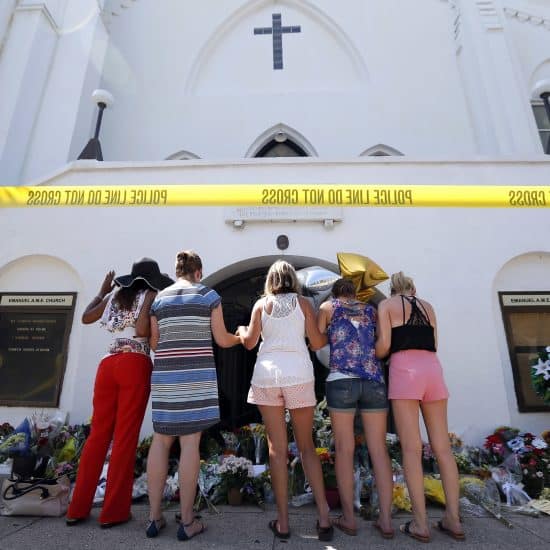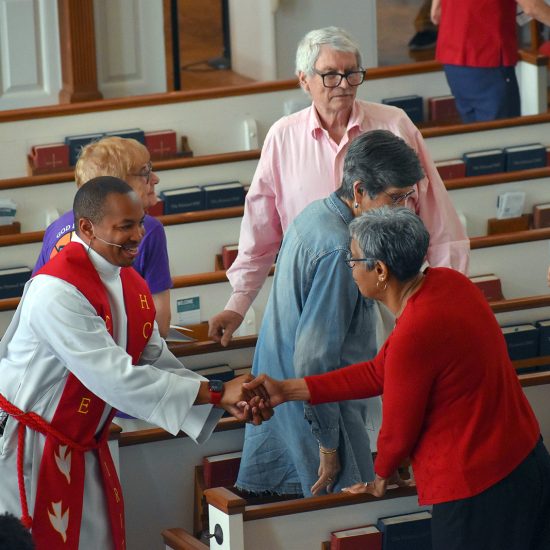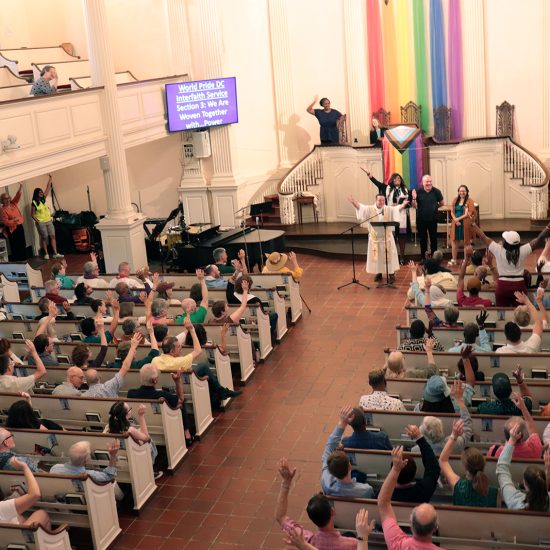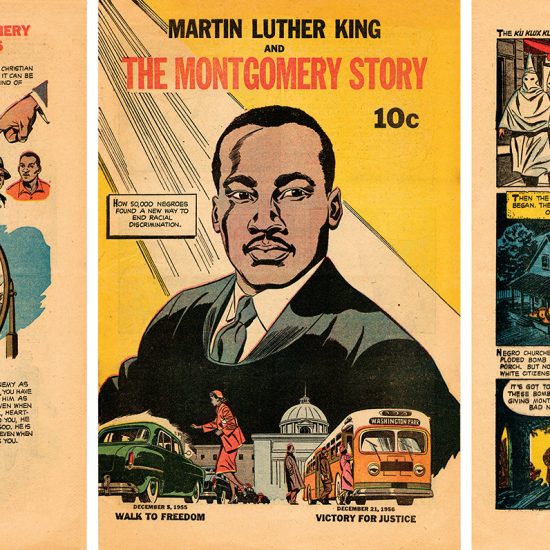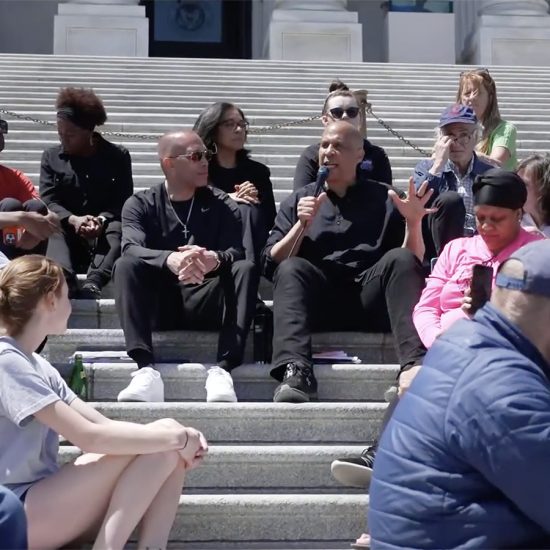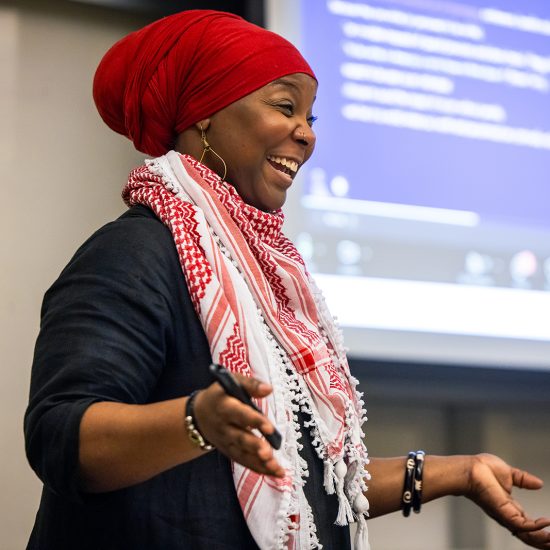(RNS) — Four powerful and irreversible forces are rapidly transforming the Jewish and Christian worlds.
But many leaders in both communities are unable or unwilling to recognize these new changes. Such leaders, trapped in the past, risk losing real influence and relevancy and face the grim possibility of being tossed into the “dustbin of history.”
The first two forces relentlessly at work are demography and geography.
 Rabbi Abraham Joshua Heschel meeting in New York with Cardinal Augustine Bea, who shepherded the process of Catholic introspection that led to Nostra Aetate, on March 31, 1963. (Photo courtesy of American Jewish Committee)For centuries, Europe and North America were the centers of Christian and Jewish populations and the sources of religious leadership. However, today most Christians reside in Central and South America, Africa and Asia while Christians in Europe and North America are older, and their numbers are declining or barely holding steady.
Rabbi Abraham Joshua Heschel meeting in New York with Cardinal Augustine Bea, who shepherded the process of Catholic introspection that led to Nostra Aetate, on March 31, 1963. (Photo courtesy of American Jewish Committee)For centuries, Europe and North America were the centers of Christian and Jewish populations and the sources of religious leadership. However, today most Christians reside in Central and South America, Africa and Asia while Christians in Europe and North America are older, and their numbers are declining or barely holding steady.
Since 2000, the Roman Catholic population grew by 33 percent in Asia, 15.6 percent in Africa and Central America and 10.9 percent in South America, while the increase in Europe and North America during the same period was just 1 percent. One of every 5 Catholic priests today is either Asian or African. As a result, Europe and North America — the longtime spiritual, intellectual and population pillars of Catholicism — are losing dominance and influence. Pope Francis, an Argentinian, will certainly not be the last pontiff from the Global South.
The trend for Catholics is the same for many other Christian denominations, including Mormons and evangelicals: Their growth areas lie to the south.
As for Jews, for 2000 years the overwhelming majority lived in the Diaspora outside of Israel, the biblical homeland. However, a major population change has been underway since the State of Israel achieved independence in 1948. Seventy years later more than half the world’s Jews are in Israel.
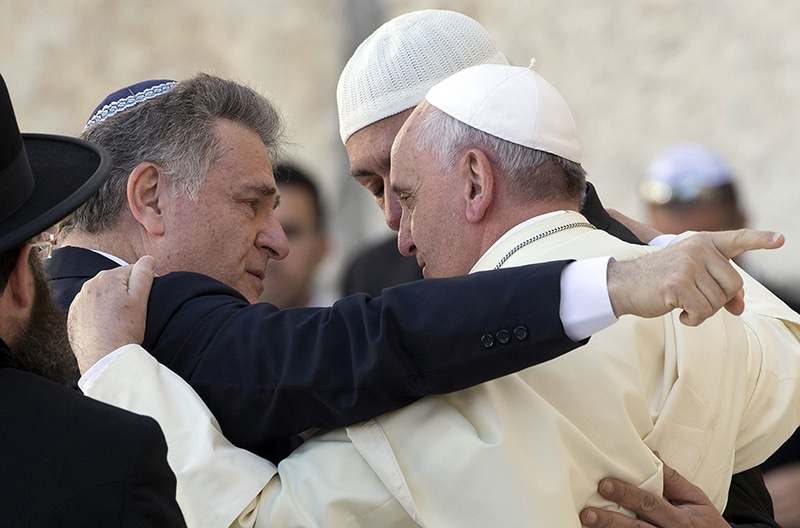 Pope Francis meets Rabbi Abraham Skorka, Francis’ friend from when he was a cardinal in his native Argentina, during his visit to the Western Wall, Judaism’s holiest prayer site, in Jerusalem’s Old City on May 26, 2014. (Photo: Andrew Medichini/Reuters/Pool)Israel’s creation spurred the arrival of nearly 900,000 Jews from Muslim countries in North Africa and the Middle East, and this population is changing the once dominant European identity of modern Israel.
Pope Francis meets Rabbi Abraham Skorka, Francis’ friend from when he was a cardinal in his native Argentina, during his visit to the Western Wall, Judaism’s holiest prayer site, in Jerusalem’s Old City on May 26, 2014. (Photo: Andrew Medichini/Reuters/Pool)Israel’s creation spurred the arrival of nearly 900,000 Jews from Muslim countries in North Africa and the Middle East, and this population is changing the once dominant European identity of modern Israel.
Israel — where Jews are the majority and Christians a minority — can be a significant arena for building strong interreligious relations.
The passage of time is the third reality influencing Christian-Jewish encounters. Since the 1965 Second Vatican Council Nostra Aetate Declaration and major national and international Protestant statements, two generations of Christians and Jews have been born who are often unfamiliar with the positive advances in Christian-Jewish relations achieved during the past half-century.
And the personal eyewitnesses to the victory over Nazism in World War II and the survivors of the horrific Shoah (Holocaust) become fewer with each passing year.
Finally, technology is impacting Christian-Jewish relations. Not too long ago, there were no emails, no internet, no Skype, no social media, no Facebook or texting.
Today, religiously committed Jews and Christians easily communicate with one another outside the boundaries of the traditional church and synagogue, frequently “going global” to explore any issue. Rabbis, pastors and priests are not required in Christian-Jewish cyberspace encounters. A papal declaration, a rabbinical statement, a World Council of Churches pronouncement and a personal blog all appear the same on computer screens.
For centuries, Jews and Christians, as faithful “peoples of God,” conducted worship services in physical church and synagogue buildings, fulfilling the biblical commandment: “Build Me a sanctuary that I may dwell among you” (Exodus 25:8). But the text does not say God dwells IN the sanctuary itself, but rather, God dwells AMONG the people assembled within the sanctuary — or, increasingly today, among those who are linked with one another by a single computer click.
There is now a proliferation of “couch churches” and “sofa synagogues” where Jews and Christians study and pray together in cyberspace without benefit of clergy.
In centuries past, control of land routes, river and sea lanes was vital to gain influence and shape history. Today, command of cyberspace and social networking is paramount, and advocates of positive Christian-Jewish relations must utilize the new technology.
Wake up, rabbis, pastors and priests. Demography, geography, time and technology are changing the ways you see and speak to one another.
Rabbi A. James Rudin is the American Jewish Committee’s senior interreligious adviser. The views expressed in this opinion piece do not necessarily reflect those of Religion News Service.

